When Tapestry announced two years ago it was buying Michael Kors-owner Capri Holdings in a deal regulators ultimately scuttled, the fashion company argued that the tech and supply chain infrastructure it had built for its Coach brand would allow it to turn around underperforming brands more quickly.
It turns out Tapestry can’t even turn around an acquired brand it has owned for years, well before that Capri news was announced in 2023. Tapestry said on Thursday it had taken a $855 million write-down on Kate Spade largely because of a decline in both current and future expected cash flows along with investments the company is making.
Yet the company keeps claiming Kate Spade, where sales fell 10% last year, can flourish with just a bit more work. But Tapestry bought Kate Spade, beloved for its quirky handbags and looks, eight years ago for $2.4 billion, and has little to show for it so far. In the fiscal year ended in June, Kate Spade sales came in at almost $1.2 billion, a touch lower than where they were the year the company was acquired, and well below their apex three years ago when they neared $1.5 billion.
“We know from work that we’ve done that there’s great demand for the Kate Spade brand, we just frankly haven’t executed very well over the last several years, but as we said here today, we’re smarter from a brand-building capability standpoint,” said Scott Roe, Tapestry’s chief financial officer to Barron’s on Thursday.
In 2017, Coach Inc, which then also owned the small high-end shoe brand Stuart Weitzman, renamed itself Tapestry in the hopes of became an American equivalent to European fashion conglomerates LVMH and Kering, albeit one focused on upscale brands rather than outright luxury. Those ambitions were behind its planned $8.5 billion mega-deal to buy Capri, which owns Versace and Jimmy Choo. (Capri recently sold Versace to Prada, though that deal has not closed yet.)
Still, the Federal Trade Commission blocked the Tapestry-Capri deal last year, saying it harmed competition in the handbag segment. Tapestry’s rationale was that shared resources (big tech systems, clout with vendors and store landlords) would help optimize a brand’s cost structure and lift an underperforming but still viable label. But given its struggles to finally make the Kate Spade acquisition pay off, it’s hard to see how Tapestry would have managed to turn around another three brands in need of repair.
Still, it’s not all bad news. Tapestry has overseen an astonishing rehabilitation of the Coach brand in recent years, reminiscent of Ralph Lauren’s big comeback.
A decade ago, the classic New York leather goods brand, beloved for its high quality, stylish bags, was hurting after years of being overextended in search of growth and ultimately cheapening itself. Since then, Coach has staged a massive comeback by selling much more through its own stores and less at department stores, and arming itself with tons of data about its shoppers and their habits to reduce product misfires and know what they are gravitating toward more quickly and more accurately.
One of the ironies of Tapestry’s Kate Spade woes is that in 2017, it had said buying Kate Spade would help it win over younger consumers. Today, Gen Z and younger millennials shoppers are all over Coach and represent about 60% of the 1.5 million new shoppers Tapestry won in the last year. GlobalData managing director Neil Saunders says Coach has won them over through its data but also because Coach “has become more contemporary and on trend.”
And with the shriveling of Kate Spade (and excluding Stuart Weitzman, which Tapestry recently unloaded), Coach represents nearly 80% of Tapestry sales. So Tapestry is really just Coach plus a struggling brand one-fifth its size, rather than a portfolio. Last year, Coach sales rose 10% and propelled Tapestry’s shares, nearly doubling them. (They fell on Thursday because of large part because of a $160 million hit from tariffs.)
This story was originally featured on Fortune.com

 1 hour ago
1
1 hour ago
1
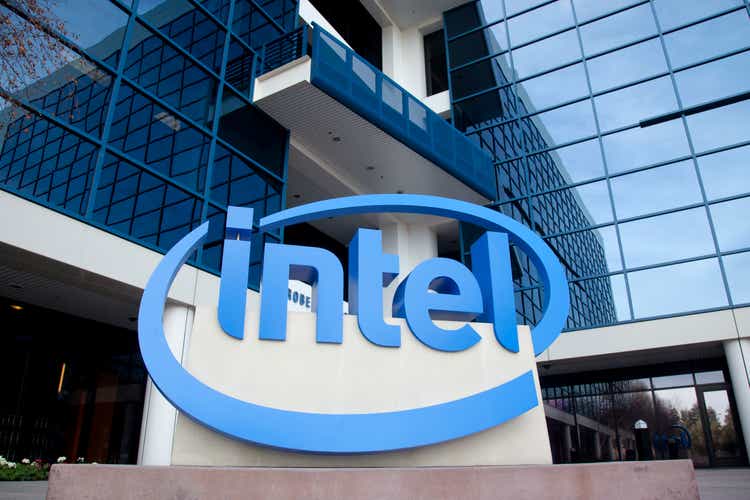



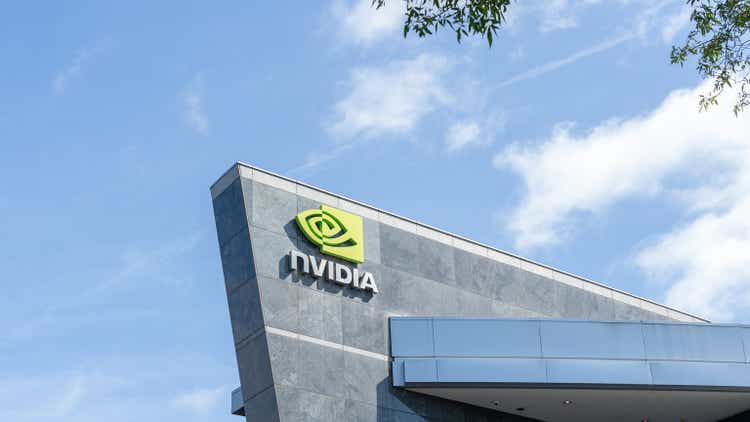



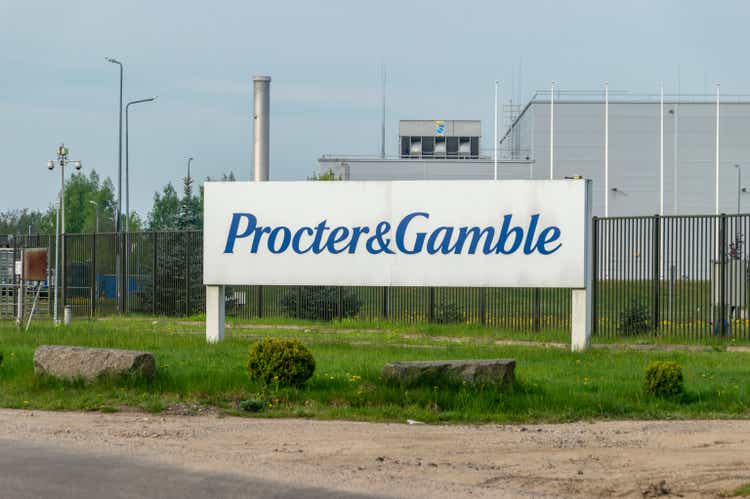

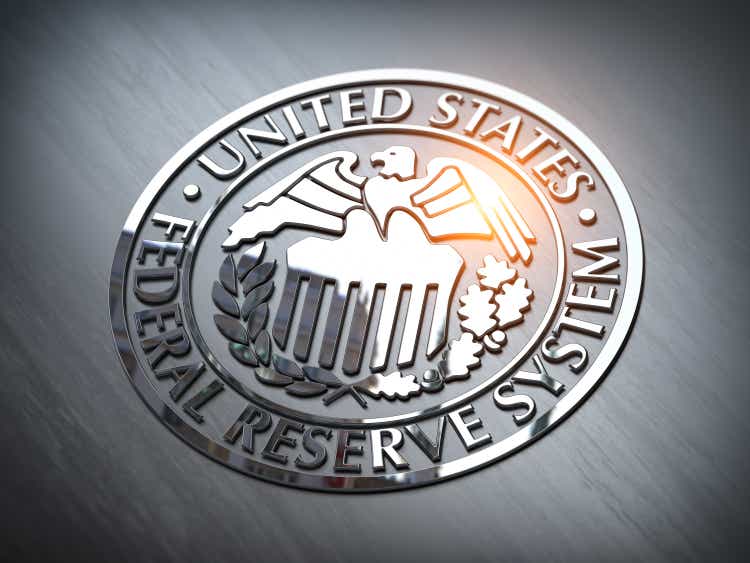

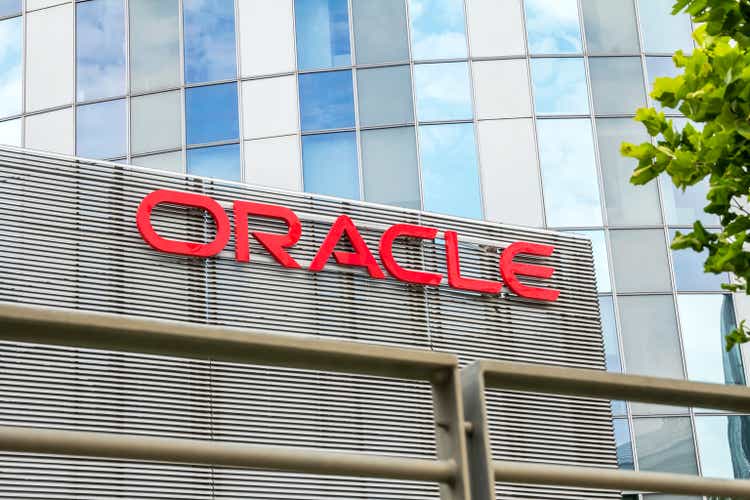

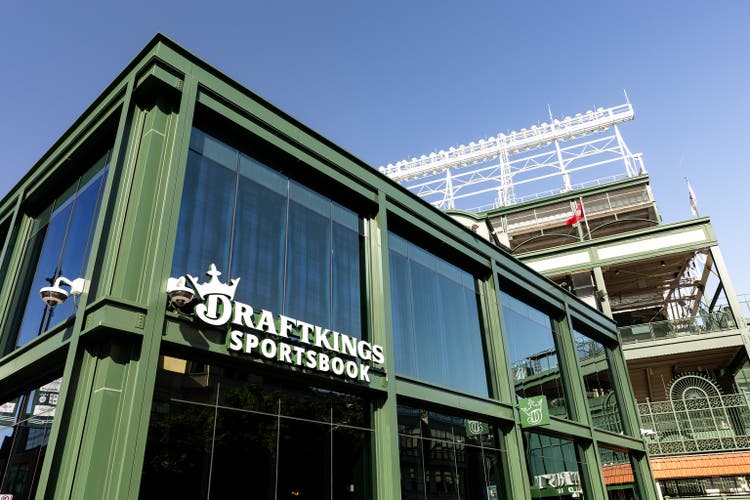

 English (US) ·
English (US) ·